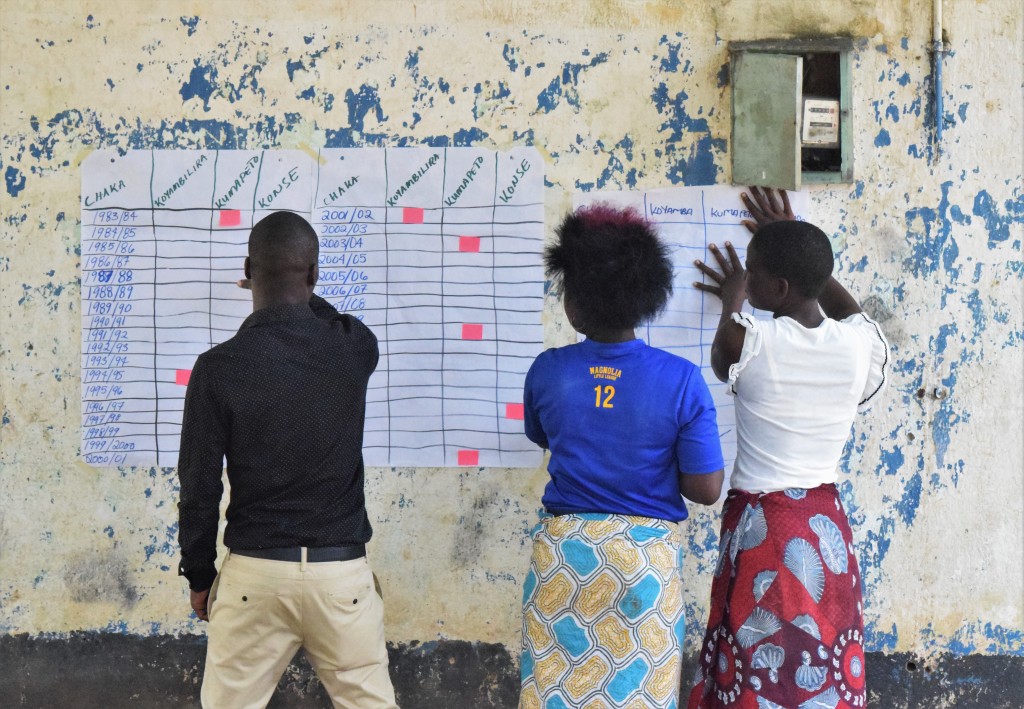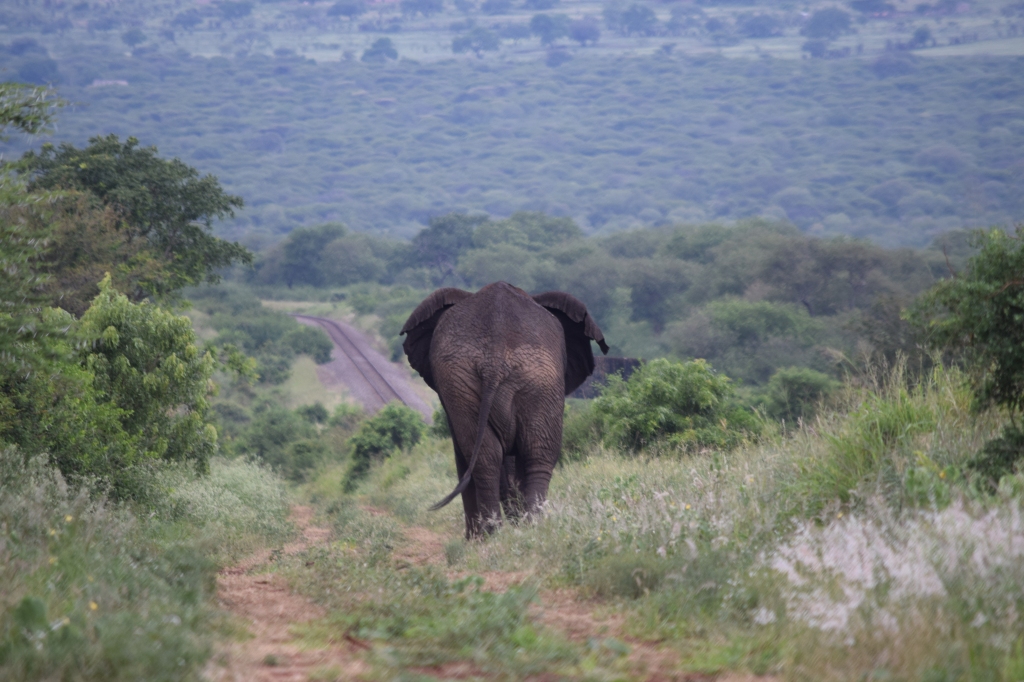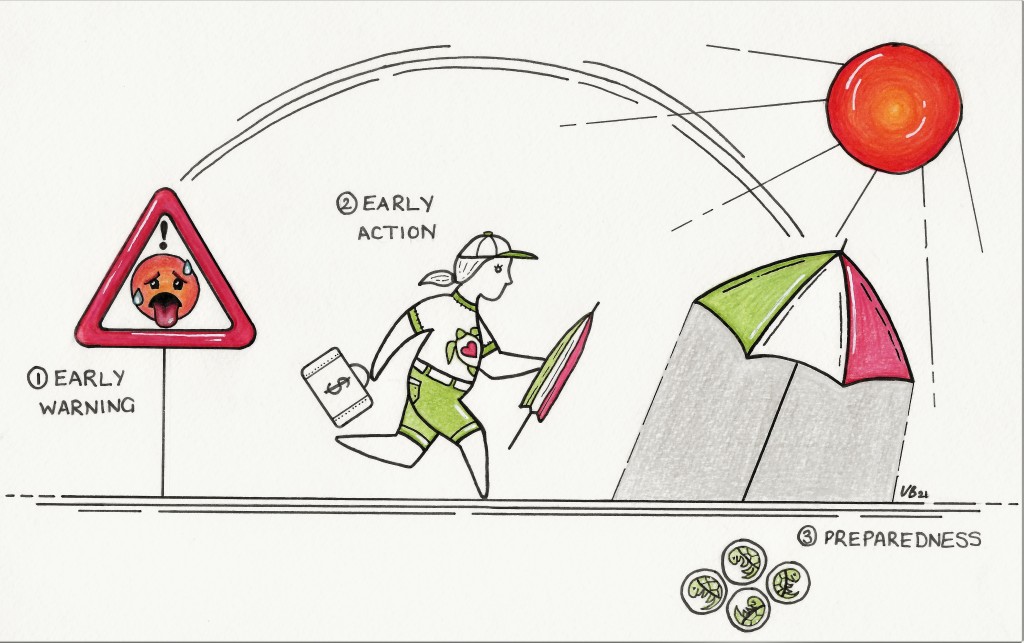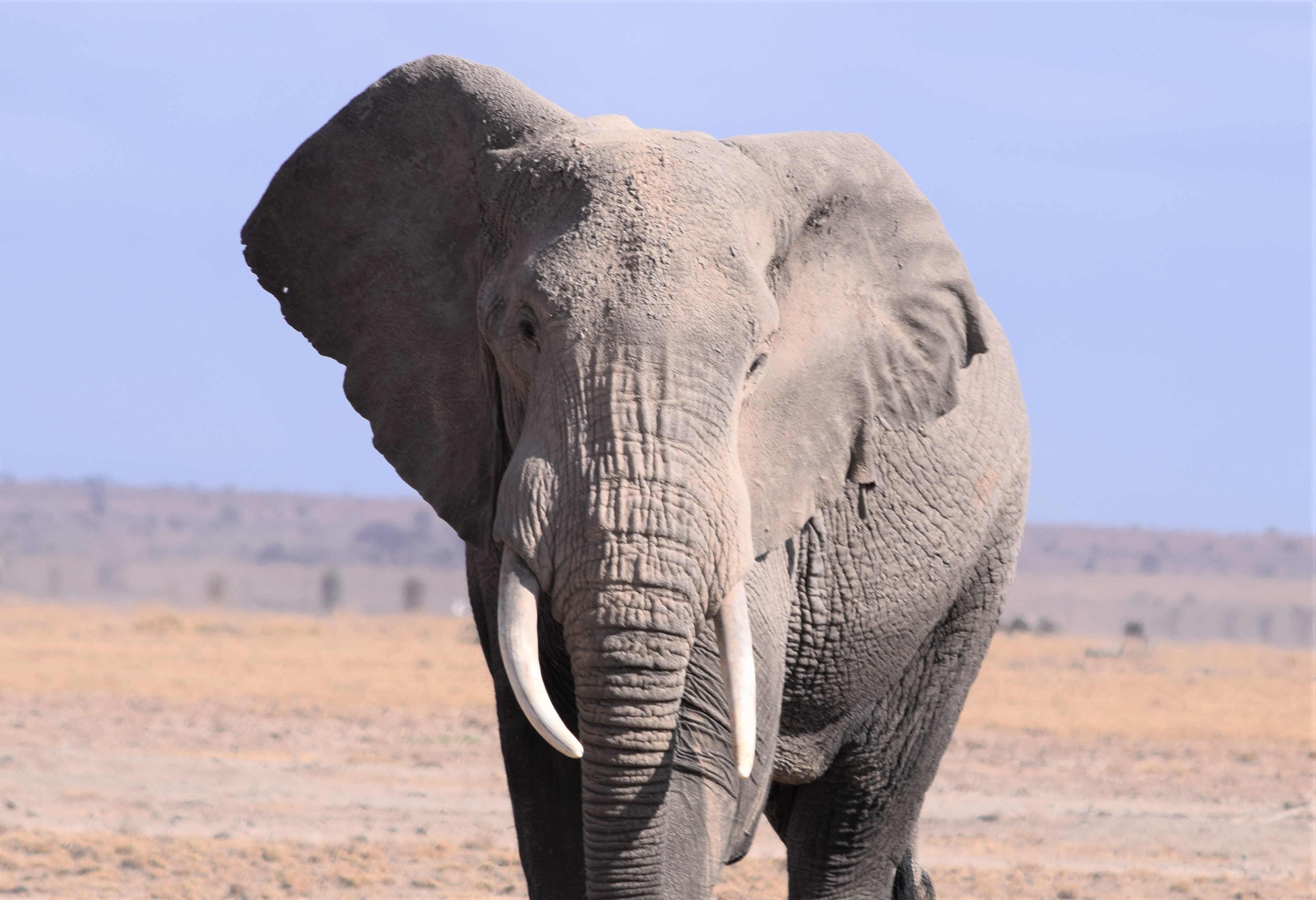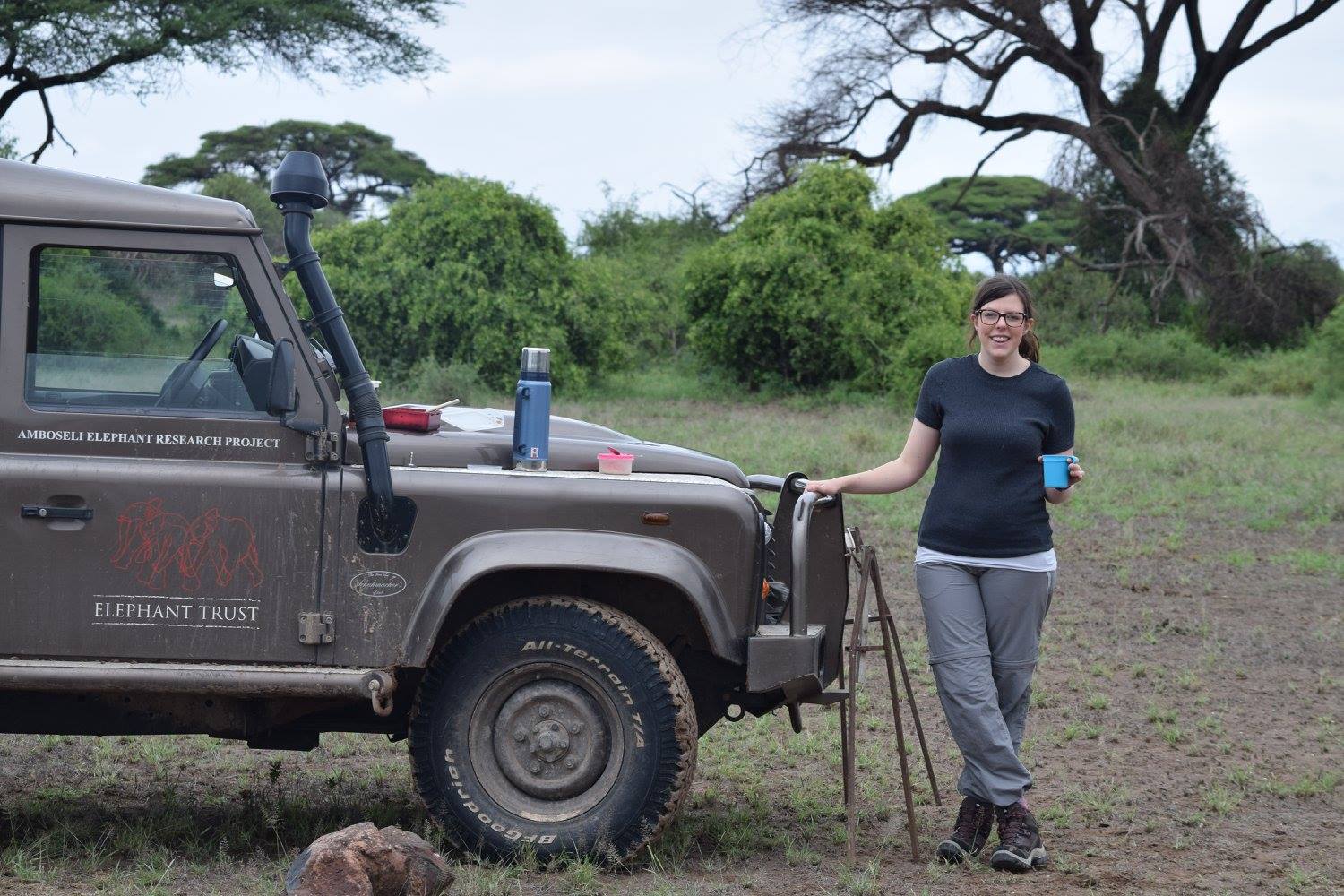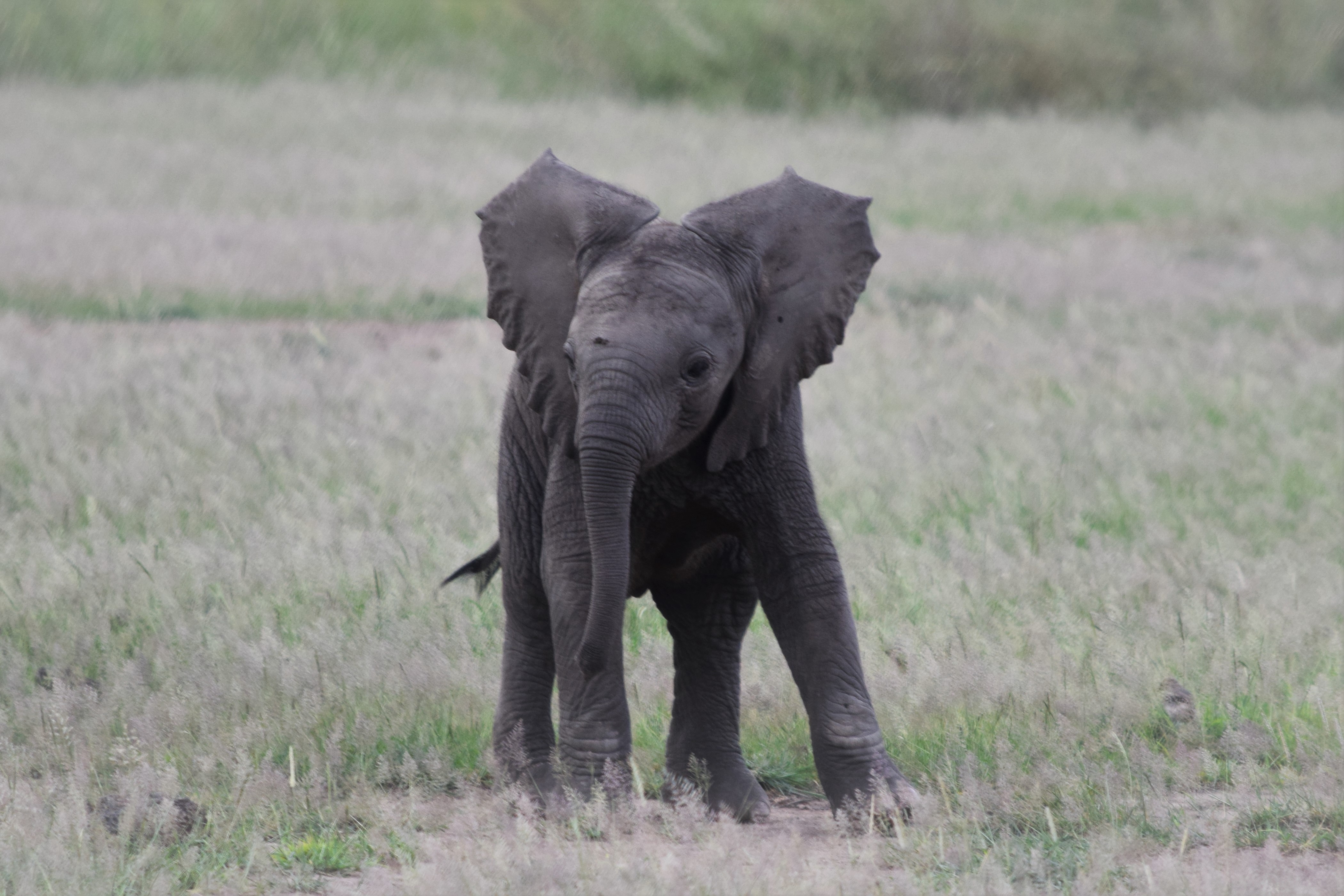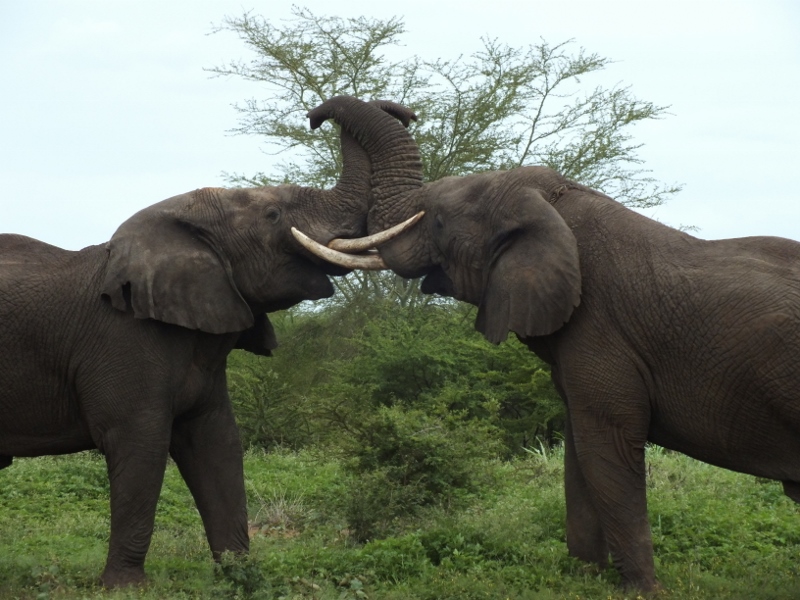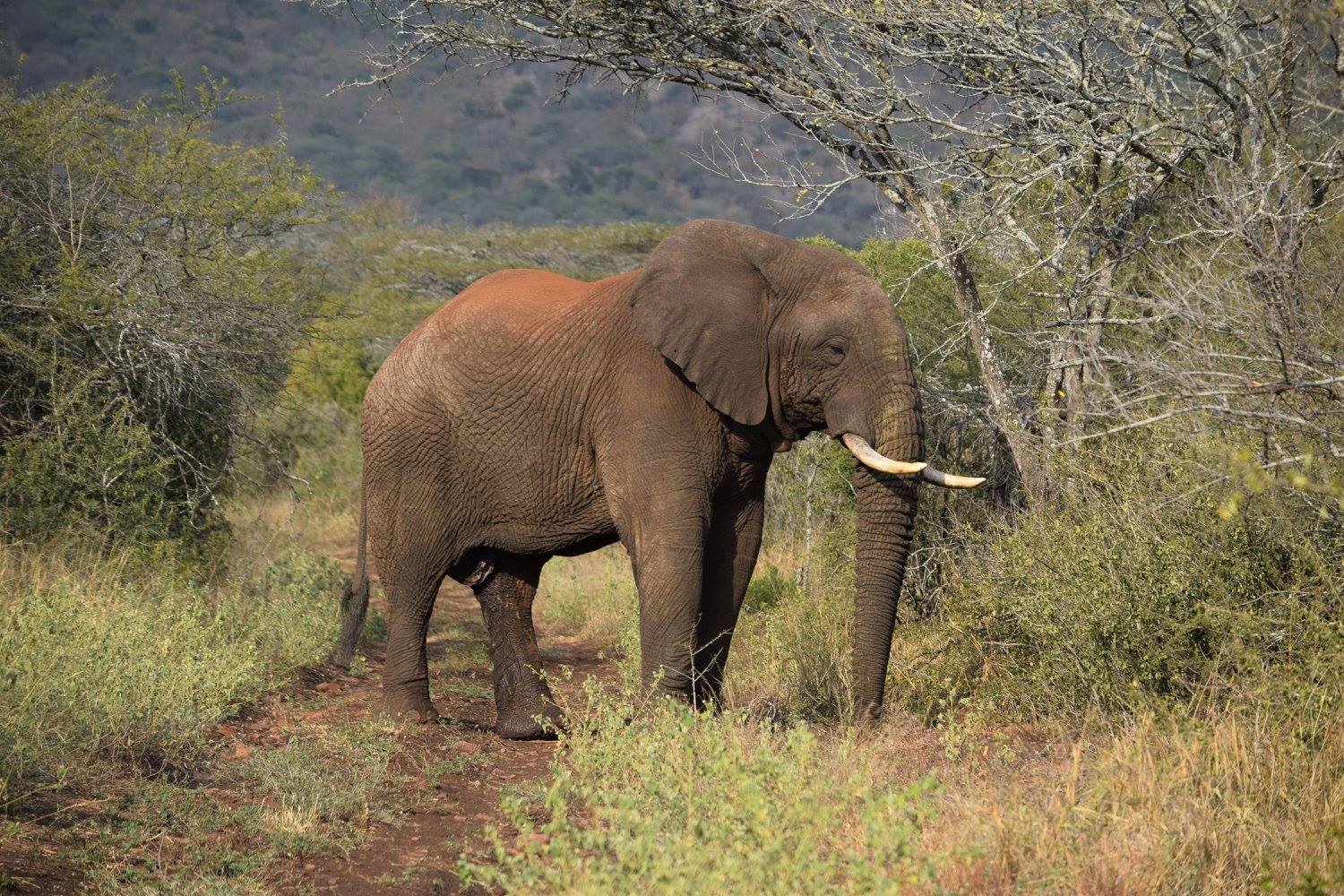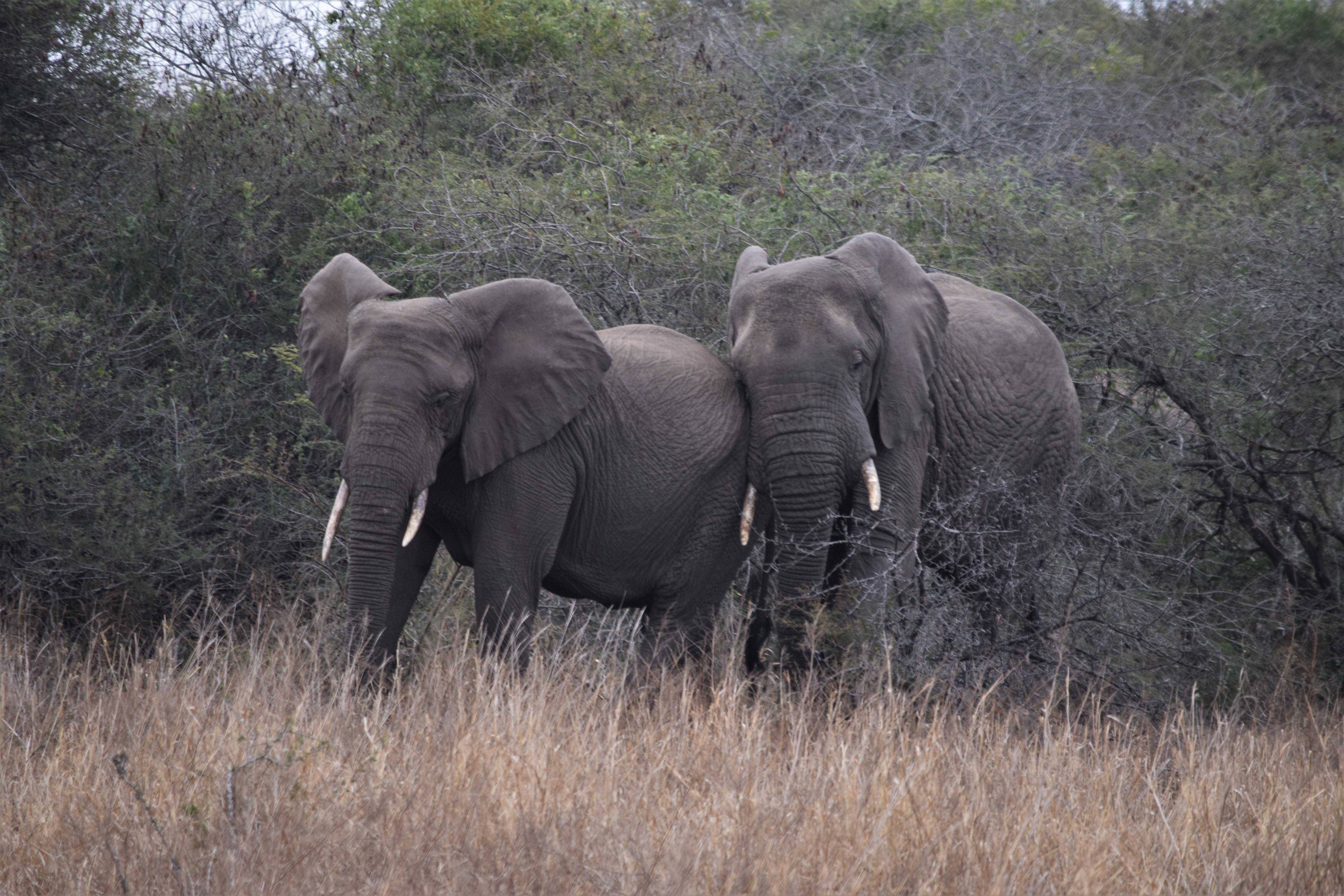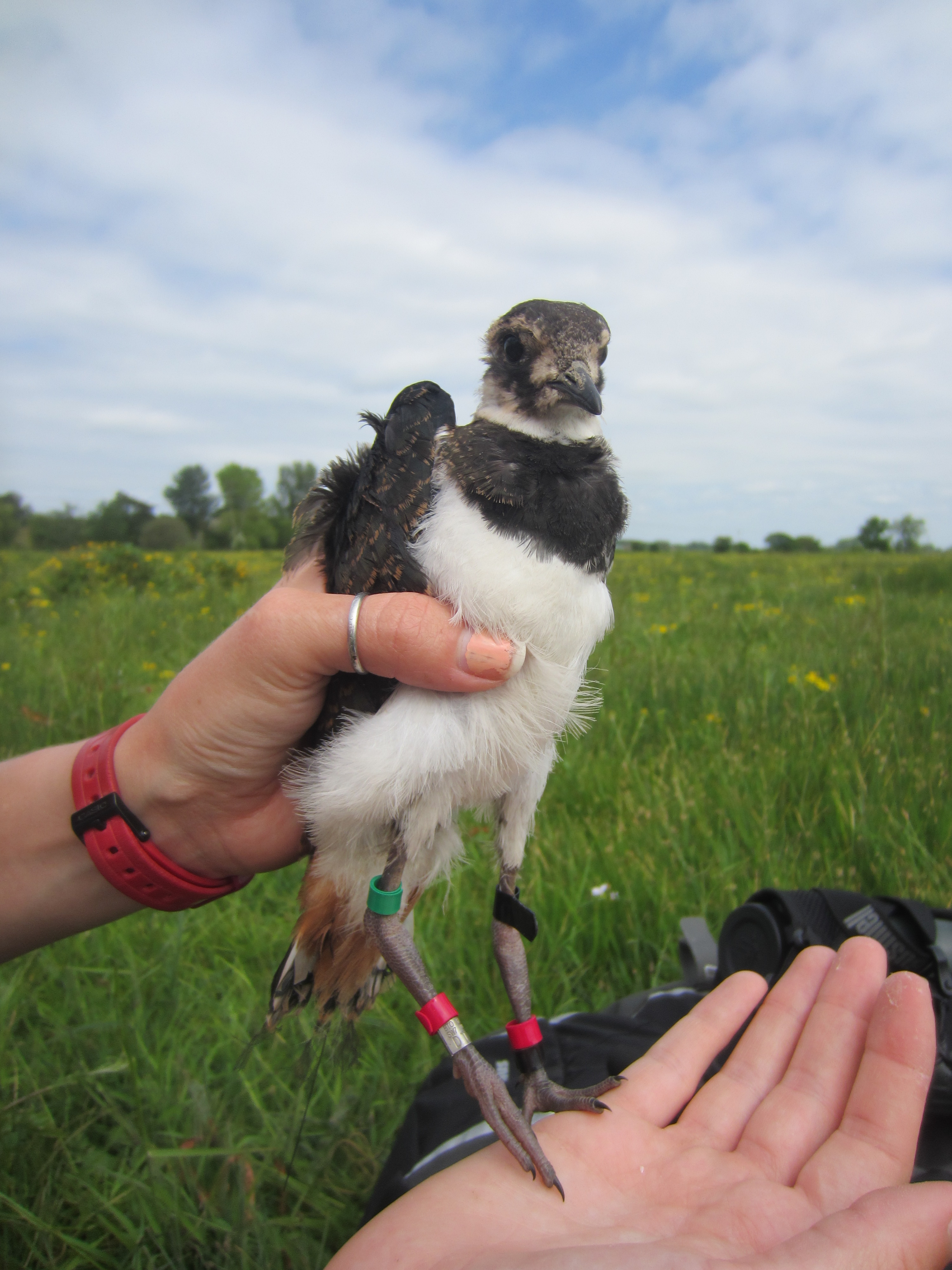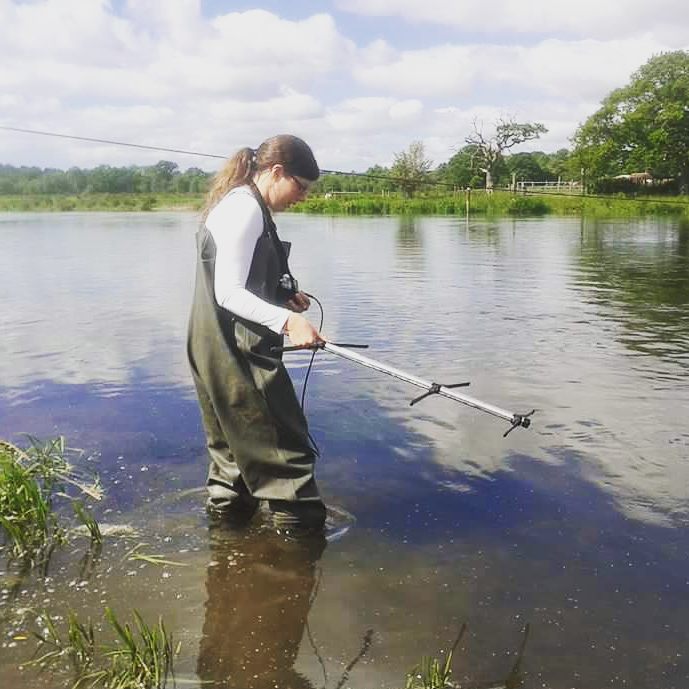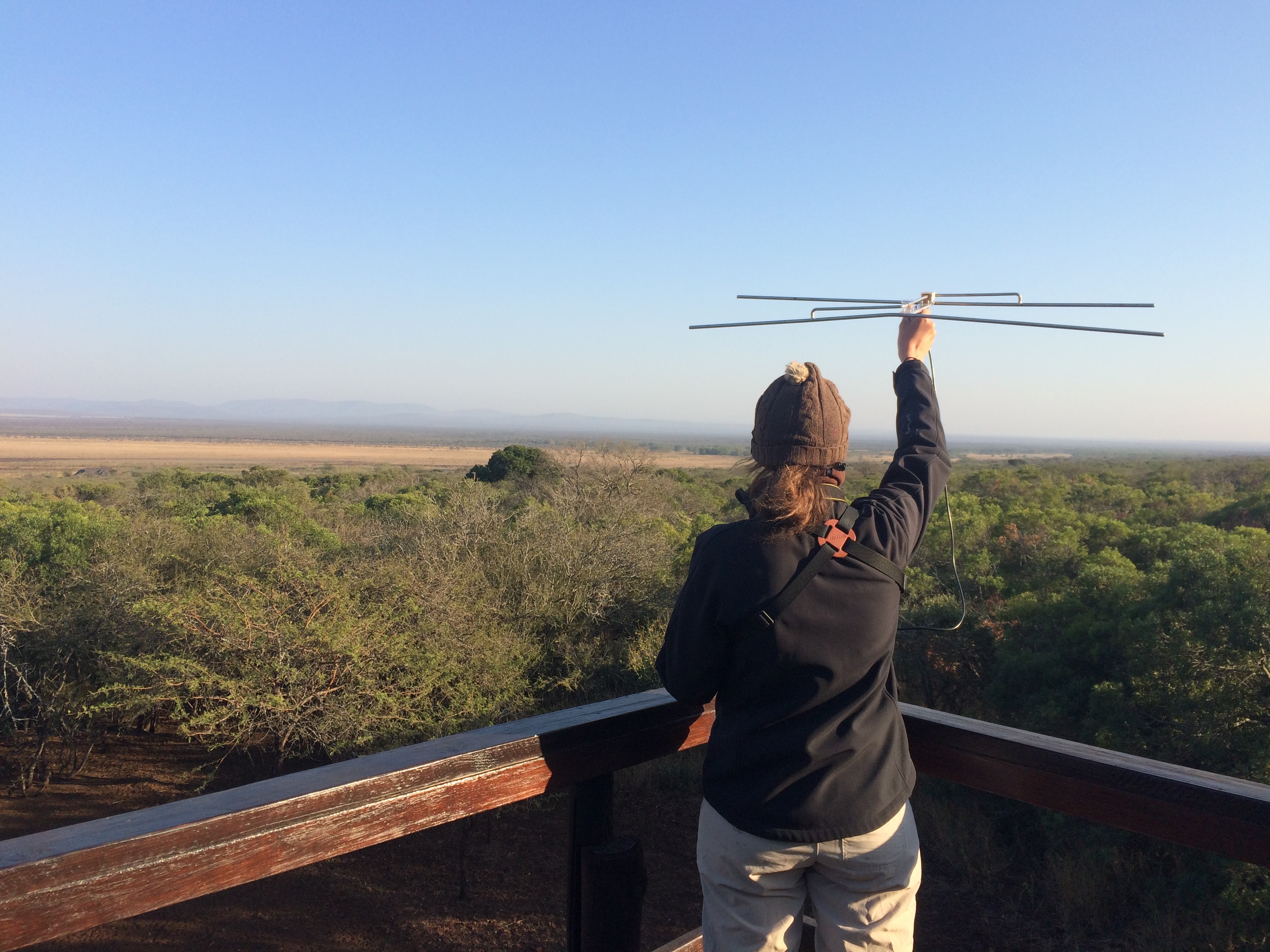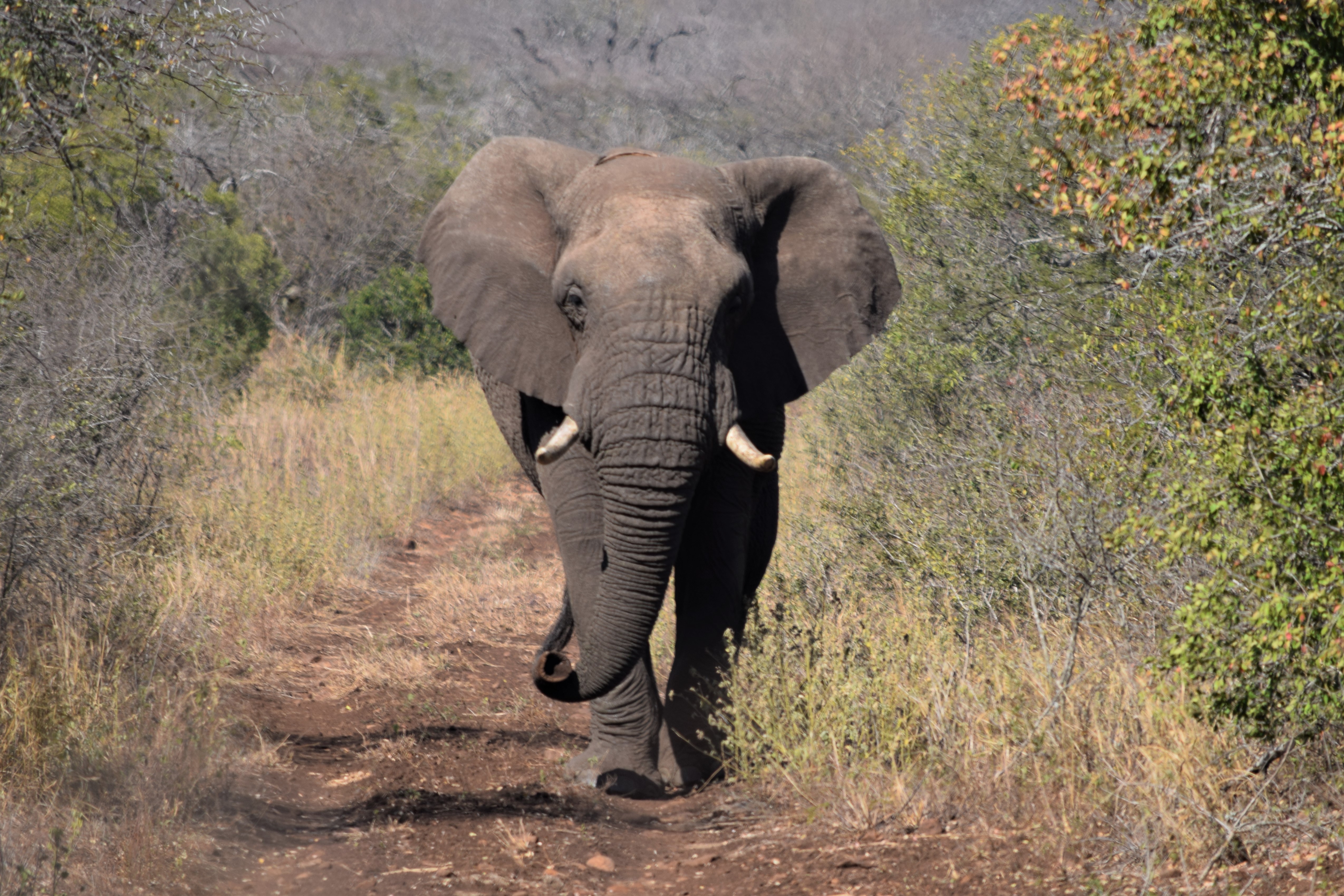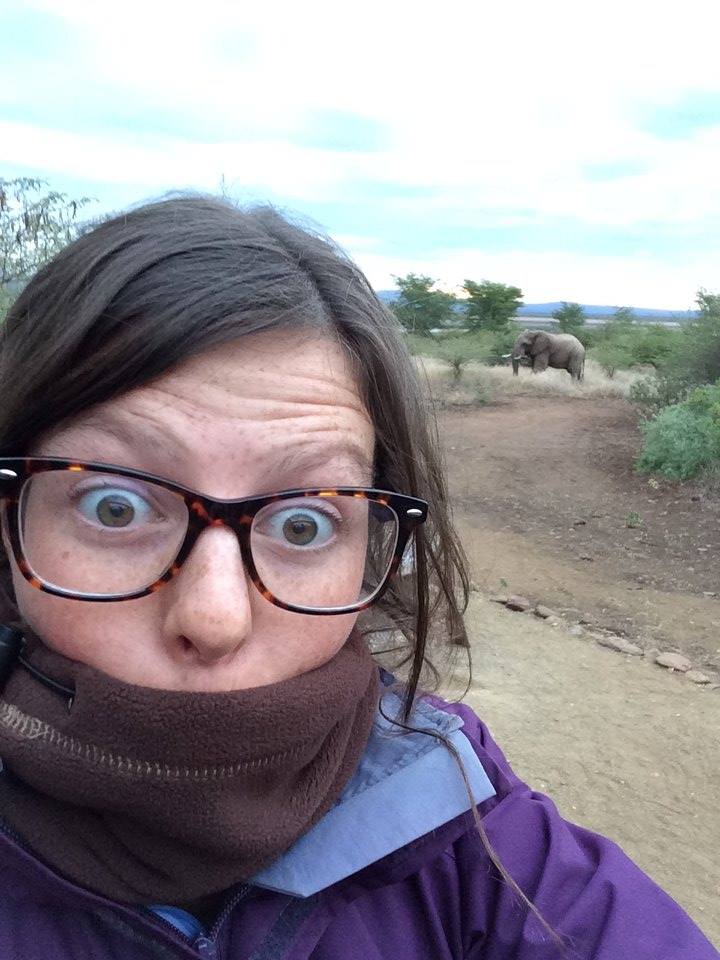I’m an interdisciplinary scientist with a background in Ecology and Conservation and growing experience in Meteorology. I’m broadly interested in how environmental variation and change impact biodiversity.
Through my PhD, I developed an individual-based model predicting the effects of climate change and habitat loss on African elephants. I’m currently a research scientist in Meteorology, developing and evaluating drought forecasts to support agricultural and humanitarian decision-making across Africa.
I’m keen to apply much of what I’ve learnt in Meteorology to advance ecological forecasting, drawing on datasets, practice and knowledge from meteorology to better understand the impacts of environmental change on biodiversity.
Current projects
TAMSAT-ALERT drought forecasts to support agricultural and humanitarian decision-making in Africa:
Across Africa, many people depend on seasonal rainfall to support the growth of crops and pasture production for livestock grazing. However, drought conditions (insufficient rainfall) can cause crops to fail and pasture to dry-up, leading to food insecurity for some of the world’s most vulnerable communities.
Whilst drought itself is not preventable, the drought of drought can be mitigated. Weather forecasts can provide early warnings of expected drought conditions, allowing farmers and the humanitarian organisations which support them to better prepare. Improved preparedness may mean farmers choose to plant drought-tolerant seeds or humanitarian organisations provide strategies for collecting and storing rainwater.
The TAMSAT-ALERT tool provides forecasts of seasonal soil moisture, a proxy for drought conditions. I’ve been working with African partners – including the Red Cross and Kenya’s National Drought Management Authority – to evaluate the effectiveness of TAMSAT-ALERT forecasts for use in anticipatory drought management.
Initial assessments over Kenya demonstrate that TAMSAT-ALERT can reliably predict drought with sufficient lead time to allow for action. Ongoing work is focusing on expanding this skill assessment across the continent and building capacity within national forecasting agencies to produce and disseminate TAMSAT-ALERT forecast information.
Pongolapoort Elephant Management Plan
Elephant Management Plans (EMPs) outline a reserve’s strategy for maintaining a healthy elephant population whilst also ensuring the protection of habitats and other species, and enabling local communities and landowners to benefit from sharing space with elephants. EMPs are common in South African game reserves where elephant populations are often ‘fenced-in’ to a small area, preventing natural dispersal and thus requiring active management to sustainability maintain elephants, habitats and benefits.
The Pongolapoort EMP is due for renewal in 2021. A team representing landowners, local communities and elephant experts are currently working to create an Elephant Management Plan for the Pongolapoort region, including all reserves surrounding the Pongolapoort Dam, to ensure the ethical management of elephants, the long-term conservation of biodiversity and the sustainable development of opportunities to benefit local communities and landowners.
Forecast-based Action for Conservation
Climate change is set to become a major driver of biodiversity loss within the 21st century. Whilst gradual changes in climatic conditions cause shifts in the abundance and distribution of species, increases in the severity and frequency of extreme weather events have the potential to drive extinctions at much more immediate timescales.
Advances in weather forecasting capabilities now provide reliable early warnings of many extreme weather events, presenting a window of opportunity in which early actions, triggered by forecasts, could improve preparedness for extreme weather and ultimately reduce impacts. Such “forecast-based action” is recognised by the humanitarian sector as one of the most important ways to minimise the impacts of climate change on human lives.
I believe that forecast-based action could revolutionise the way conservation addresses the threat of extreme weather and could ultimately improve the resilience of biodiversity to climate change.
You can read more about this here.
Past projects
Modelling elephant movements and population dynamics using remote sensing to estimate food availability:
PhD – School of Biological Sciences, University of Reading, UK
At a time of rapid global change, wildlife is increasingly squeezed into smaller and more isolated pockets of land, with ultimate impacts on population dynamics and ranging behaviour. This is particularly apparent in the African elephant (Loxodonta africana), which once had a near-continental range, but is now greatly fragmented and largely in decline. As a keystone species, it is important that scientists and wildlife managers are able to make accurate predictions about how future changes to ecosystems are likely to impact elephant populations.
Elephant population dynamics and ranging behaviour are largely governed by access to food. I use remotely-sensed (satellite) measures of vegetation to map food availability over time and space for the elephants inhabiting the Amboseli ecosystem, Kenya. Population dynamics and movement behaviours are predicted using an individual-based model developed in NetLogo. The model incorporates a newly proposed energy budget model so that variation in food availability results in differential survival, growth and reproductive rates. The model is calibrated and evaluated using demographic data from the long-running Amboseli Elephant Research Project and is then applied to project the effects of climate change and habitat loss on elephant population size.
In September 2019, I hosted a workshop with conservation practitioners operating in Amboseli. The aim of workshop was to understand if and how my model could support conservation conversations in the ecosystem. As a result of the discussions had with participants during the workshop, I am now pursuing funding to further develop the model into a tool for use by practitioners in conservation decision-making.
The behavioural implications of non-lethal elephant population control methods:
In many South African reserves, African elephant (Loxodonta africana) populations have grown to a point where densities are considered unsustainable. For decades, reserve managers have attempted to control elephant numbers, employing a range of both lethal and non-lethal techniques. Whilst lethal control (culling and hunting) once dominated, increasing ethical concerns saw an end to culling in the mid-1990s. The application of non-lethal techniques – including translocation, contraception and range expansion – has since expanded, but there is little information available on the long-term impacts of these methods.
Alongside my friend and colleague Heike Zitzer, I am studying a population of elephants which have experienced several types of non-lethal control. These individuals present a unique opportunity to study:
- The behavioural implications of contraception on male elephants
- The subsequent impacts of low birth rates on female elephants
- The life-long behavioural and physical implications of two different translocation methods
- The physical and behavioural implications of range expansion projects
You can read more about the findings of our study in our published paper or in this blog article.
Investigating habitat features which influence survival of the breeding Northern lapwing:
MSc – School of Biological Sciences, University of Reading
Recent declines in UK populations of Northern lapwings (Vanellus vanellus) have been attributed to poor breeding success. Eggs and chicks are vulnerable to predation, food limitation and adverse weather, but hatching and fledging success vary by location, with marked differences even between pairs nesting in adjacent fields.
Working with the Game and Wildlife Conservation Trust on the Waders for Real project, I radio-tracked lapwing chicks from hatching and monitored their fate. I constructed maps of the Avon Valley, an important breeding site for lapwings, and related successes and failures of broods to habitat features in the landscape. I was able to identify important habitat features affecting lapwing chick survival – including shallow water sources, perimeter woodland and livestock density – and made recommendations for habitat manipulations. The recommendations I made have since been implemented as part of a greater effort to aid breeding wader recovery in the Avon Valley.
Assessing elephant impact patterns on vegetation diversity:
BSc – Dept of Life Sciences, University of Southampton
Contrary to the overall decline in African elephant (Loxodonta africana) numbers, in many small, fenced reserves in South Africa, elephant populations are growing. Some are concerned that some reserves now have ‘too many elephants’, as high elephant densities can cause changes to the structure and composition of vegetative communities.
For my undergraduate dissertation, I studied a population of elephants inhabiting a small, private reserve in South Africa. I used habitat surveys and elephant tracking data to assess how heavy elephant utilisation of habitats impacted the diversity of tree species.


